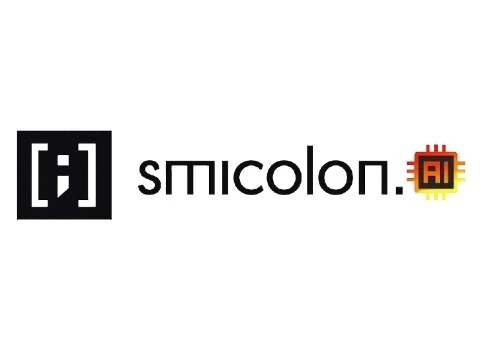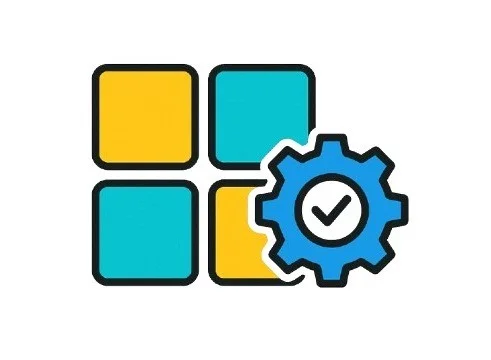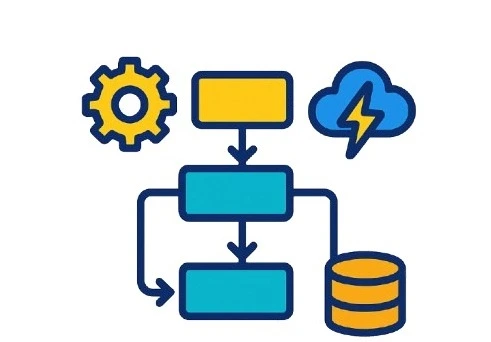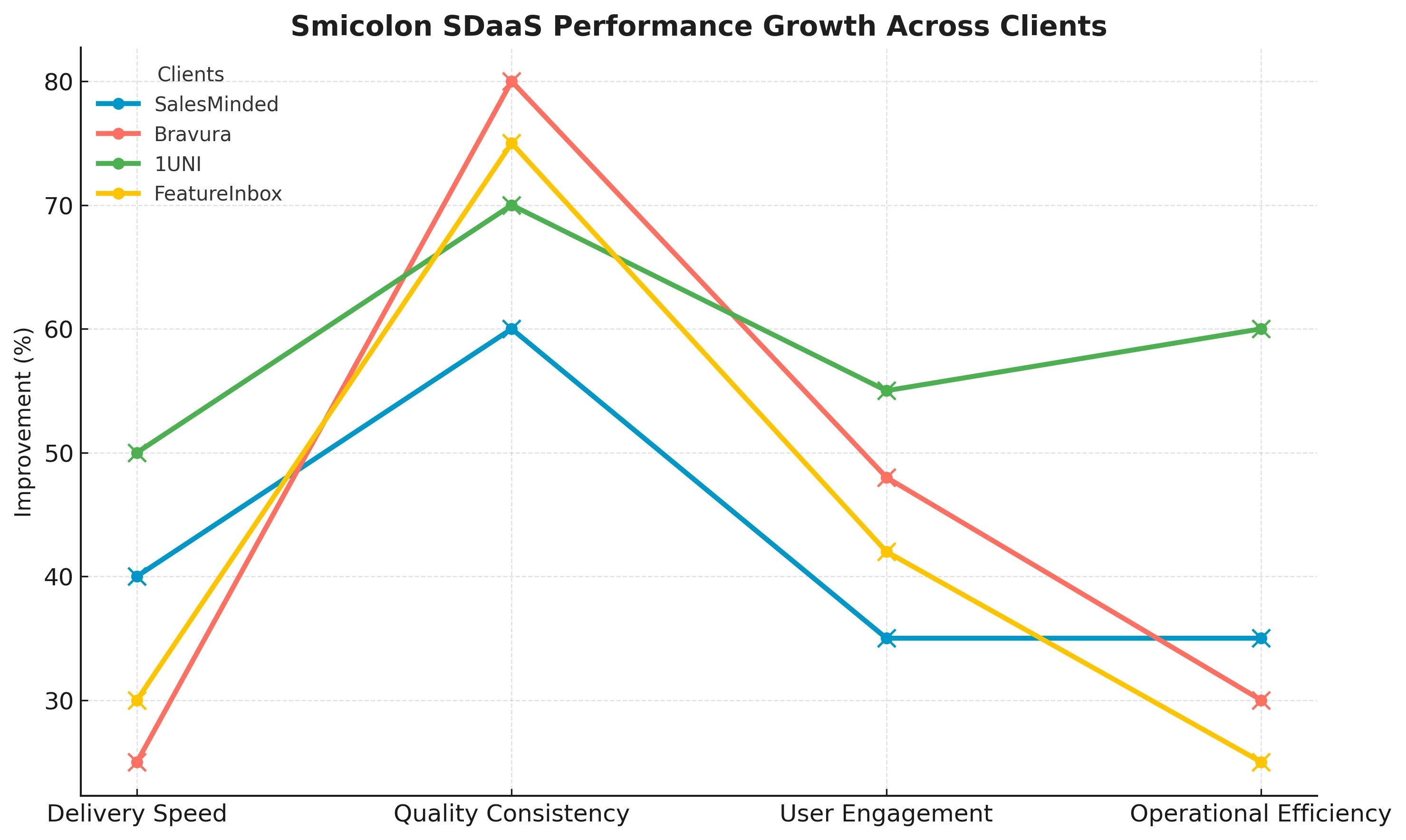For years, startups and small businesses placed their hopes in offshore software development — convinced it was the shortcut to building products faster and scaling smarter. But what once promised “speed and savings” slowly turned into something else: communication barriers, limited ownership, endless revisions, and teams delivering code without context. Many founders now describe the experience as babysitting a remote team instead of building their product.
Then came SaaS (Software as a Service) — a subscription-based model that turned software into a scalable, predictable service that anyone could adopt with ease. But SaaS only solved half the problem — it changed how software was delivered, not how it was built. Behind those sleek platforms, teams were still trapped in the same loops — disconnected, disorganised, and struggling to maintain consistent, optimised quality while outsourcing software development.
The same story kept repeating — brilliant ideas lost in translation, startup budgets drained on half-built MVPs, and white-label partners forced to redo vendor work just to protect their reputation. Around 60% of companies admit their vendors often miss the mark, leading to wasted time, reduced performance, and mounting costs.
After years of dealing with miscommunication and half-delivered promises, today’s companies no longer seek developers — they seek strategic partners who think, build, and grow alongside their vision. That’s where Smicolon’s Software Development as a Service (SDaaS) model comes in.
Born from the industry's growing frustration with unreliable outsourcing, Smicolon was created to restore confidence, consistency, and craftsmanship to custom software development services. Our mission is simple — to make top-tier software development accessible to startups and SMBs worldwide through a subscription model with AI-enabled workflows, intelligent systems, and expert teams — all under one roof.
In this post, you’ll discover how Smicolon’s SDaaS model solves the biggest challenges of offshore software development — bridging time zones, closing cultural gaps, and turning miscommunication into smarter collaboration.
The Real Pain Points: Why Offshore Software Development is Failing
For many founders, offshore software development begins as a dream: faster builds, lower costs, and effortless scaling. But too often, reality paints a different picture — missed deadlines, AI-driven instability in teams, and endless fixes.
To understand why, we conducted interviews with startup founders, analysed over 150 discussions across Reddit, LinkedIn, and tech forums, and six recurring pain-point patterns appeared — consistent across startups, small businesses, and white-label agencies alike.
1. Communication Gaps & Time-Zone Friction
It feels like we’re throwing money into a black hole."
"It’s like playing email ping-pong across continents.
Sound familiar? Many startup founders feel stuck in that “black box” outsourcing loop — paying invoices without real visibility. Add time zones to the mix, and even a simple update turns into a full-day delay. A survey found that 20% of remote workers cite time-zone differences as one of the biggest barriers to effective collaboration.
2. Task Completion Over Product Thinking
They only tick boxes — they don’t think like our team."
"Even small changes feel like climbing a mountain.
Ever felt that way? Many startups have. Developers rush to complete their tasks but often overlook the bigger picture. They get things done, sure — but not the kind of momentum that drives real growth.
According to Atlassian’s leadership research, teams that lack an ownership mindset deliver 30% fewer innovative outcomes, leading to slow innovation, and lost momentum.
3. The Hidden Cost of ‘Cheap’ Outsourcing
We spend more fixing outsourced mistakes than doing real work."
"It feels like we’re paying twice for the same result.
Going cheap sounds smart — until the fixes start piling up. Many startups go for the lowest bid, only to spend twice as much fixing poor-quality work. Nearly 50% of companies underestimate the hidden costs of outsourcing software development, with rework and technical debt draining budgets without intelligent oversight.
4. High Turnover, Low Stability
High team turnover makes projects unstable."
"Every few months, someone new joins, and we start from zero.
If it feels like you’re always onboarding new developers, you’re not alone! Frequent turnover breaks momentum, kills consistency, and erases accountability. Within months, no one remembers who owns what — or how the product actually works. In fact, turnover in outsourced teams can cut productivity by up to 40% — making stability one of the hardest things to protect in long-term projects.
5. Big Promises, Slow Delivery
We ask for speed, they give us patience."
"They say yes to everything, but nothing meets our expectations.
It’s easy to say “yes” to win a project — but much harder to deliver on it. Offshore teams, especially in South Asia, often promise speed and affordability, but execution rarely matches the pitch. Without the startup mindset, they fall behind when agility and quick pivots matter most, leading to diminished delivery outcomes.
6. The White-Label Agency Struggle
Our vendors act like strangers, not part of our team."
"One slip-up and our clients notice — we end up fixing everything ourselves."
"Quality goes up and down, and we pay the price.
If you run a white-label agency, you’ve probably felt this pain. Vendors say they’ll work like an extension of your team — but rarely do. One missed detail, one untested feature, and suddenly your client’s trust is on the line. Quality swings from great to questionable, communication gets messy, and you’re left cleaning up the chaos while deadlines slip away.
All these pain points point to a deeper issue — not a lack of talent, but a broken system. A system built for speed, not substance. One that rewards box-ticking over problem-solving and cost-cutting over collaboration.
Teams don’t need more developers; they need a better way to build — one grounded in clearer direction, smart processes, and shared ownership. That’s where a new kind of software development model comes in — one designed to fix what offshore software development broke.















